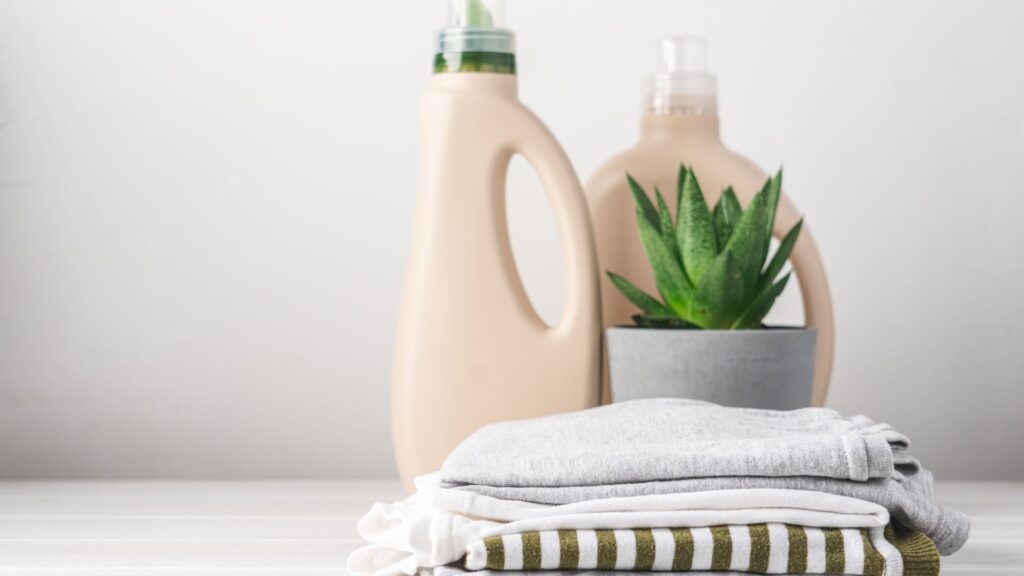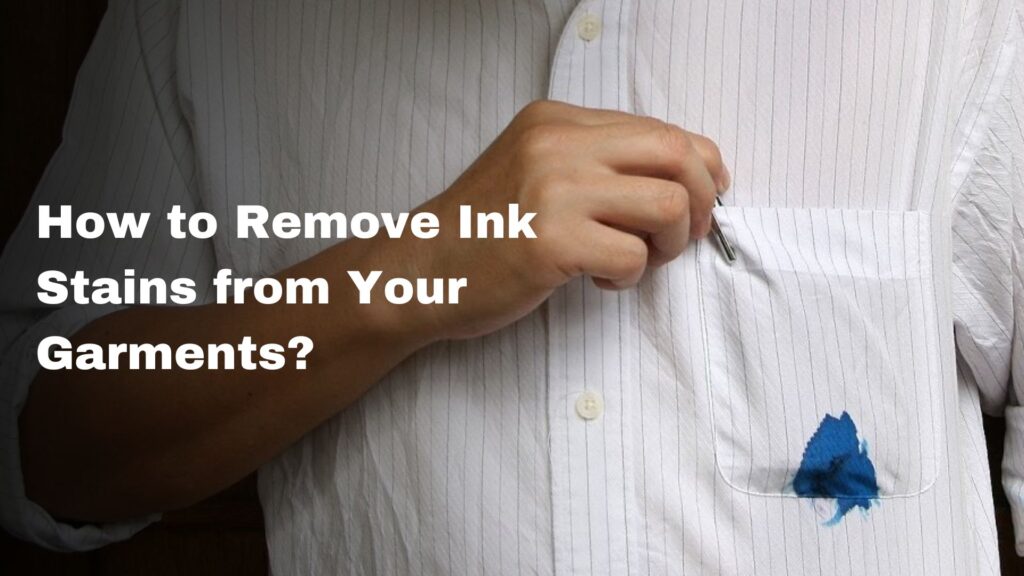A Manual For Clothing Care Labels That You Must Follow

Have you ever found yourself examining a garment care label intently as you try to make sense of the complicated symbols and directions? The labels for clothing care and other fabrics include symbols as well. From the perspective of a manufacturer, damage to clothing caused by improper washing techniques can result in complaints, expensive client returns, and a negative reputation. The best detergent to use, the appropriate water temperature, whether to line dry or use the dryer, and other information are provided on care labels that manufacturers sew onto clothing. In order to make sure that your clothes last and looks its best, it is essential to understand these labels. You can take up professional and affordable charges for laundry service to take up proper care. Lesser Known Care Label Facts The country of origin shown on the care label is the nation in which the item was sewn. The care label must be firmly affixed so that the consumer may quickly access it at the time of purchase. Typically, it is positioned on the bottom or side. The accuracy of care instructions rests with the manufacturer or importer who oversees production. An item may be brought into the country without a care label, but it must have one before it can be sold. Symbol meaning The Standard Guide for Care Symbols for Care Instructions for Textile Products was developed by the American Society for Testing and Materials (ASTM). They resemble those that are prevalent throughout Europe. Both employ five symbols, which appear from left to right in the same order: Shape of the tub: machine washing. The maximum water temperature is indicated by the number within the tub. Circle: special care/warnings Triangle: bleaching Square: drying Iron: iron settings A crossed-out triangle denotes “do not bleach,” whereas a regular triangle indicates bleaching is permitted on that outfit because the triangle represents bleaching. Any heat level is acceptable when the tumble dry sign is used, however no heat at all is indicated by a solid circle. Some tags indicate that it needs to be washed by using a little hand. If a tub is crossed out, it should not be washed. It can instead require dry cleaning or spot cleaning. Dry cleaning is recommended when a circle is present on the item. The type of solvent to use can be indicated by any letter inside the circle. A circle that has been crossed out indicates that the item should not be dry cleaned. Special Guidelines: Keep an eye out for any additional markings or wording that specifies how to take care of something specifically, such as “Delicate Cycle,” “Dry Flat,” or “Wash with Like Colors.” Codes for Fabric Performance To draw attention to particular features or attributes of the fabric, the Premiere Vision Performance Codes were developed. These are features that give value to the fabric that the buyer might or might not notice. Organic a fabric made primarily of natural fibers that have earned organic certification (cotton, wool, silk, linen). Eco-friendly materials Dye and treatment products that adhere to the strongest international standards (for laundering, the absence of heavy metals, water conservation, and pollution reduction). Can be washed A fabric created to withstand washing and wash-out processes.
How to Remove Ink Stains from Your Garments?

We all know how difficult it is to remove ink stains from clothes. Whether you have accidentally held your sleeve on a paper with wet ink or you have noticed stains on your shirt pocket after a wash; both are irritating. Luckily, these days you can easily avail of laundry services in Kolkata to back your ink-stained garments in the tip-top share. Yes, DIY stain removal efforts sometimes work but are not as effective as a laundry service can provide. Still, if you want to stick to your DIY ink-removing ideas, this blog would be an absolute guide for you. Different Ink Stains Removal Processes Ink stains are different counting on their source. You need to take different care if clothes got ballpoint pen ink stains. And, the care would differ when it is a permanent marker ink stain or felt-tip pen. So, no more ado, let us know how to get out different ink stains one by one. The Process to Remove Ballpoint Pen Ink You can easily remove ballpoint pen ink from washable clothes if it is fresh. You just need to have paper towels, rubbing alcohol, an eyedropper, and pre-wash stain remover. First, put a paper towel under the stain, and drop rubbing alcohol with the eyedropper. Next, press a clean paper towel on the stain, and continue sponging until and unless the clothe release the whole ink. Next, rinse the fabric with pre-wash stain remover with normal water. Then, wash the garment with a fabric-friendly bleach and you are done. If you find the stain still there after washing, don’t take any chance rather send it for laundry service. The process to Remove Felt-Tip Pen Ink Getting out of felt-tip ink is a tiring and a bit tricky one. But, if you follow the guide, hope you can experience the best result at the end. Things you need to remove felt-tip pen ink are hot water, ammonia, and stain-removing detergent. First, rinse the stain with cold water. Then, soak the cloth in a mixture of bleach-free detergent, ammonia, and hot water. Let the cloth soak into the mixture for 30 to 60 minutes. If the stain is stubborn, you can soak the cloth overnight. Don’t forget to rub the stain often. Finally, rinse and wash the cloth as usual with cold water and detergent. You need to air dry the cloth to check whether the stain gets out completely or it requires a 2nd try. The process to Remove Permanent Marker Ink It is really a hard nut to crack with DIY techniques. But, you can give it a try at least. If it is a bleach-safe garment then you can try a bleach to get out of the permanent marker ink. Here you need to have the same things that we use to remove ballpoint pen ink. We have already mentioned the steps above. So, you can follow the steps to get out of ink caused by a permanent marker pen. To End With, You can certainly try these easy and affordable methods if your garment got stained at home. But, if you are not enough confident to try DIY stain removal techniques, certainly you can go for professional laundry services in Kolkata. LaundroXpert is here always to cater to your laundry and dry cleaning needs.
5 Reasons for Opting Dry Cleaning Services for Cotton Garments

During humid sessions, cotton garments are mostly preferred by most of us. Cotton garments are durable, soft on the skin, easy to carry, and most comfortable for daily wear. And, if you are one of those who consider regular machine or hand washing safe for cotton garments, it’s time to know something new. Today, we would elaborate on why cotton clothes require dry cleaning. Beforehand, if you have piled your cotton dresses for regular washing at home, please switch to professional and online dry cleaning services to ensure proper care of cotton wearables. Why Dry Cleaning is Necessary for Cotton Clothes! You might not be aware of the fact that hand and/or machine washing dulls your favorite vintage cotton clothes. Cotton fabric is breathable and delicate. Thus, tough cleaning forces cotton fabric to shrink and wrinkle easily. So, it is better to choose a dry cleaning service as a better and safer alternative. So, without further ado, let us know why your favorite, occasion, and formal cotton clothes need to be dry-cleaned only. To Extend Life: Dry cleaning saves delicate and soft cotton clothes from the wear and tear that general cleaning usually imposes on cotton fabrics. Dry cleaning preserves the life of your special cotton dresses as it uses mild chemical solvents instead of harsh water and detergent. Prevent Shrinkage & Wrinkles: Cotton fabric is prone to get wrinkled and shrink easily when it is wet cleaned. Whereas, a dry cleaning service prevents cotton clothes from shrinkage and wrinkles. It retains the shape of cotton clothes after washing and improves the longevity of your adored garment that soap or hand washing cannot. Saves Color: Dry cleaning is a color-protecting option. It does the same for old or new cotton clothes. It uses mild chemical solvents which are lighter than laundry detergent and water. During, the dry cleaning process, it goes through the cotton fabric and prevents the possibility of colorfastness. Clothes Remain A fresh: Dry cleaning is a thorough but mild washing method. It keeps your white, red, blue, yellow, green, and every color of the cotton dress you wear bright and retains its freshness just like new ones. It does not change the fabric of your cotton garment and keeps them as soft as you have bought. Protects from Insect Damage: Often we find moths and other fabric insects keep breeding on our washed cotton garment. If you have experienced the same then next time please go for dry cleaning instead of regular cleaning. Dry cleaning does not let sweat or food stain on clothes that insects use to feed and breed. Dry cleaning removes the toughest food and oil stains from cotton clothes easily and rescues your favorite cotton dresses from intruders. How Often Dry Cleaning Should be Opted for? It closely depends on your usage. For your daily office wear, you can consider online dry cleaning services once or twice a week. Your upper cotton wearable tends to absorb more sweat due to the direct contact of the skin. So, these clothes require frequent dry cleaning. For your occasional and special cotton attires, you can consider dry cleaning after two or three times use. Lastly, It can be said, if you choose dry cleaning for your cotton garment, you get your clothes washed, cleaned, ironed, and folded at the same time every time you hire a professional dry cleaner near your area.

